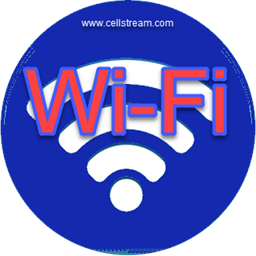Recognizing WLAN Retransmissions is a Critical Skill
Retransmissions of frames in WLANs (Wireless Local Area Networks) can become problematic for several reasons, primarily due to the nature of the wireless medium. While retransmissions are a necessary part of ensuring data integrity in unreliable networks, they can cause inefficiencies and degrade network performance. I will get to the details below, but let’s start […]
Recognizing WLAN Retransmissions is a Critical Skill Read More »




